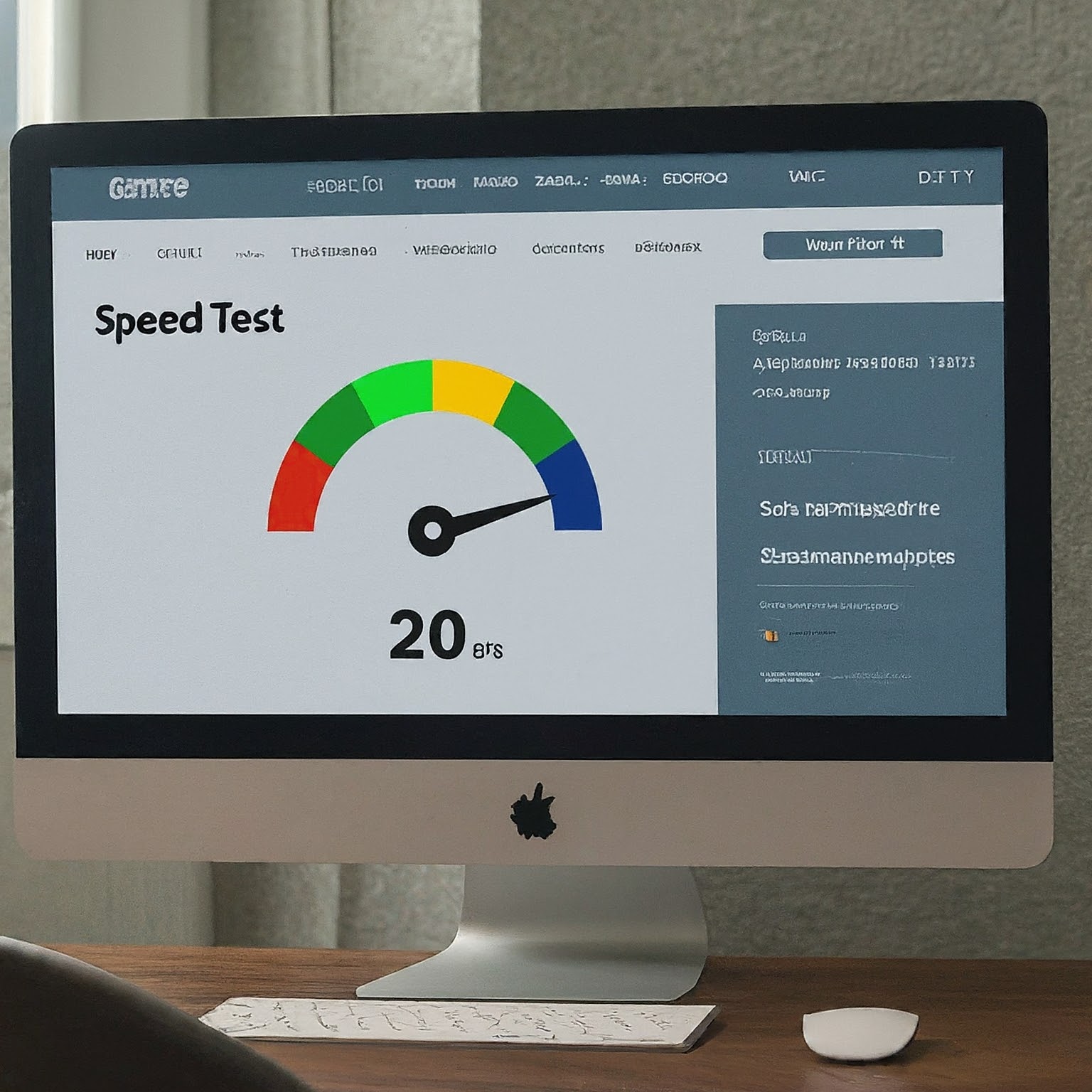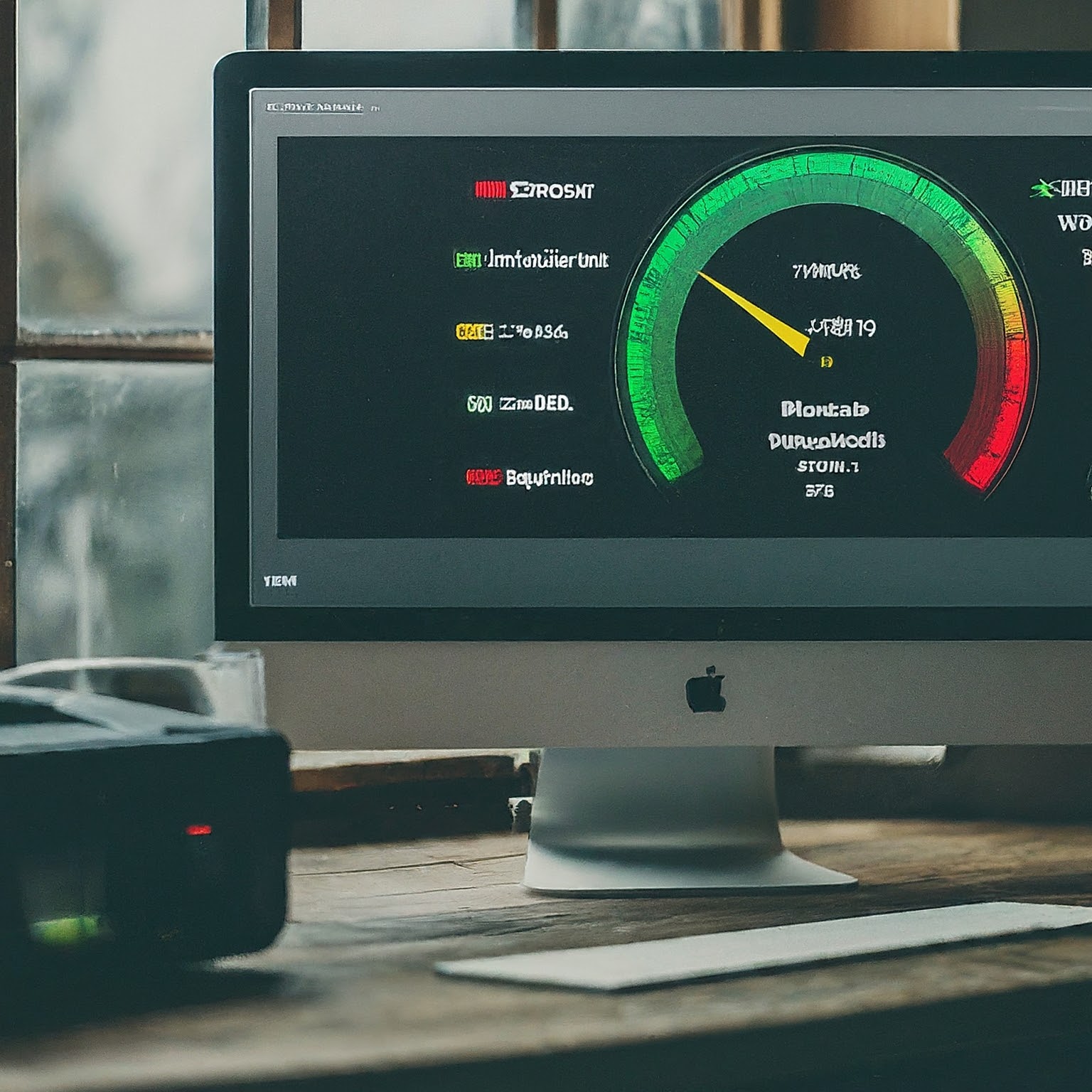In today’s digital world, a fast and reliable internet connection is paramount. Whether you’re streaming high-definition videos, participating in online gaming sessions, or simply browsing the web, a sluggish connection can be a frustrating experience. A modem speed test is a valuable tool that can help you assess the performance of your internet connection and identify potential issues that may be hindering your online experience.
This comprehensive article will delve into the intricacies of modem speed tests, explaining what they are, why they are essential, how to conduct them effectively, and how to interpret the results. Additionally, we will provide insights into factors that can affect your internet speed and offer practical tips on how to optimize your connection for a smoother and more enjoyable online experience.

Understanding Modem Speed Tests
A modem speed test is a simple yet powerful tool that measures the speed at which your modem can send and receive data over your internet connection. It typically assesses three key metrics:
- Download Speed: This measures how quickly your modem can download data from the internet. It is usually expressed in megabits per second (Mbps) and is crucial for activities like streaming videos, downloading files, and browsing the web.
- Upload Speed: This measures how quickly your modem can upload data to the internet. It is also expressed in Mbps and is important for activities like uploading files, video conferencing, and online gaming.
- Ping (Latency): This measures the time it takes for a small data packet to travel from your device to a server on the internet and back. It is expressed in milliseconds (ms) and is crucial for real-time applications like online gaming and video conferencing. A lower ping indicates a more responsive connection.
Why Conduct a Modem Speed Test?
Performing a modem speed test can provide valuable insights into your internet connection and help you:
- Verify your internet plan: You can compare the test results with the speeds promised by your internet service provider (ISP) to ensure you’re getting what you’re paying for.
- Troubleshoot slow internet: If you’re experiencing slow internet speeds, a modem speed test can help you pinpoint the cause. It can reveal whether the issue lies with your modem, router, ISP, or other factors.
- Optimize your network: By identifying potential bottlenecks in your network, you can take steps to optimize your connection and improve its overall performance.
- Make informed decisions: If you’re considering upgrading your internet plan or switching ISPs, a modem speed test can help you make an informed decision based on your actual needs and the performance of different providers in your area.
How to Conduct a Modem Speed Test
Conducting a modem speed test is a relatively simple process. Several online tools and apps are available that allow you to perform the test with just a few clicks. Some popular options include:
- Ookla Speedtest: This is one of the most widely used and trusted speed test tools. It’s available as a website and a mobile app.
- Fast.com: This is a simple and ad-free speed test tool developed by Netflix. It focuses primarily on download speed.
- Speedtest by Ookla: This is another popular option that offers a comprehensive speed test with detailed results.
To ensure accurate results, it’s recommended to:
- Connect your device directly to your modem: This eliminates any potential interference from your router or other devices on your network.
- Close all other applications: Running multiple applications in the background can consume bandwidth and affect your test results.
- Run the test multiple times: To get a more accurate picture of your internet speed, it’s advisable to run the test multiple times at different times of the day.
Interpreting the Results
Once you’ve conducted a modem speed test, it’s important to understand how to interpret the results.
- Compare with your plan: Compare your download and upload speeds with the speeds advertised by your ISP. If there’s a significant discrepancy, you may want to contact your ISP to investigate the issue.
- Consider your needs: Evaluate whether your current internet speeds are sufficient for your online activities. If you’re experiencing lag or buffering while streaming videos or gaming, you may need to upgrade your plan.
- Assess your ping: A high ping can result in a noticeable delay in online games and video conferences. If you’re experiencing lag, a high ping could be the culprit.
Factors Affecting Internet Speed
Several factors can influence your internet speed, including:
- Your internet plan: The speed of your internet connection is primarily determined by the plan you’ve subscribed to with your ISP.
- Your modem and router: The quality and capabilities of your modem and router can also impact your internet speed. Older or outdated devices may not be able to handle high speeds.
- Network congestion: During peak hours, when many people in your area are using the internet, network congestion can lead to slower speeds.
- Distance from the server: The physical distance between your device and the server you’re accessing can also affect your internet speed. Data packets take longer to travel over longer distances, resulting in higher ping and potentially slower speeds.
- Wireless interference: If you’re using a Wi-Fi connection, interference from other wireless devices or physical obstacles can degrade your signal and slow down your internet speed.
Tips to Optimize Your Internet Speed
If you’re not satisfied with your current internet speed, there are several things you can do to try and improve it:
- Upgrade your internet plan: If your current plan doesn’t meet your needs, consider upgrading to a faster plan.
- Upgrade your modem and router: If you have an older modem or router, upgrading to a newer model that supports higher speeds can make a significant difference.
- Optimize your Wi-Fi network: If you’re using a Wi-Fi connection, ensure your router is placed in a central location and away from obstacles. You can also try changing the channel your router is using to reduce interference.
- Use a wired connection: If possible, connect your device directly to your modem using an Ethernet cable. This can provide a faster and more stable connection than Wi-Fi.
- Limit the number of connected devices: The more devices connected to your network, the more bandwidth they consume. Try disconnecting devices that are not in use.
- Contact your ISP: If you’ve tried everything else and you’re still experiencing slow speeds, contact your ISP to see if they can help diagnose and resolve the issue.

Conclusion
A modem speed test is an invaluable tool for understanding and optimizing your internet connection. By regularly conducting speed tests and interpreting the results, you can ensure you’re getting the most out of your internet plan and identify any potential issues that may be affecting your online experience.